Coating systems: Different types of coating systems (such as water-based or solvent-based coatings) have specific requirements for the amount and type of dispersant.
Pigments: Different colors and types of pigments may require specific dispersants for optimal dispersion. Some pigments have a higher settling rate or tendency to aggregate, while other colors disperse more easily.
Number of Resins: When dispersing tree legs with a variety of leg particle sizes or irregular shapes, you need to choose a dispersant that is suitable for a wide range of particle sizes and can effectively handle non-uniform leg systems.
Compatibility: Choose a dispersant that is compatible with other additives (such as protective gelling compounds) and base materials (such as welded metal surfaces) and can provide stable formulation results.
Workability: The dispersant should be easy to handle, add and mix without negatively affecting the application characteristics of the coating system. This includes good wetting, foam control capabilities and stability when interacting with other additives such as leveling agents.
Cost-effectiveness: Choose a dispersant with appropriate effectiveness and relatively low cost to ensure it is economically viable and provides good product quality.

